How to Measure Hydraulic Fittings
Ensuring the correct fitting size to match your hose is essential to building and maintaining efficient hydraulic systems and so knowing the basics to measure hydraulic fittings is vital.
Before selecting a hydraulic fitting, you must determine if its threads will match the hose you selected.
Not all hydraulic fittings are the same, with multiple thread types used across different industries.
The most common UK fittings are;
- BSPP (British Standard Pipe Parallel) – Requires a sealing washer or O-ring
- BSPT (British Standard Pipe Tapered) – Seals via thread interference
- JIC (Joint Industry Council 37° Flare) – For high-pressure hydraulic systems
- ORFS (O-Ring Face Seal) – Used for high-pressure with an O-ring seal
- NPT (National Pipe Tapered) – Commonly found in imported machinery
Two hydraulic fittings can easily look identical while being completely different. Mismatched fittings are one of the most common problems with hydraulic systems and without knowing the difference you risk ending up with a loose fitting that leaks.
Key tools for hydraulic fitting measurements
Measuring and identifying fittings is the first step, but you need the correct tools for the job.
- Digital or Vernier callipers
- Thread pitch gauges
- Thread ID gauges
- Ruler or steel tape measure
- Protractor or angle finder
- Micrometer (optional for high precision measurements)
1) Length Measurement
Using a digital calliper or tape measure, simply place the fitting into the calliper jaws and ensure they are aligned with the flat surfaces of the fitting. You can also use a tape measure for this part.
Ensure that there is no gap between the calliper jaws and the fitting. If the fitting is not new or worn, you may have difficulty finding a match so it’s best to always use new fittings.
2) How to Measure Hose Diameter
The outside diameter (or male thread) of a fitting is determined with the assistance of callipers. Zero out the callipers put the fitting between the jaws and close them to hold the fitting tight.
A Vernier calliper provides highly correct readings. You may want to measure the diameter several times to make sure you are getting the right results.
3) Calculate Inside Hose Diameter
The inner diameter (or female thread) is also measured with callipers. The process is similar. However, this time, you have to place the calliper jaws inside the fitting in order to get precise readings.
4) Measure the Thread Pitch Gauge
The thread pitch gauge determines the distance between threads. Put the gauge on the threads to get a snug fit. You can then match the measurements to a size chart.
In case you don’t have a thread pitch gauge, you can roughly determine the thread gauge using Vernier callipers. Count the number of threads within a one-inch distance.
For British and European threads, the thread gauge is measured in threads per inch. Metric threads of a gauge determine the distance between the threads.
5) Estimate The Angle
To measure the angle, use a seat angle gauge or protractor to check the flare angle. The angle is one of the most important factors when choosing the right new fitting for your hydraulic system.
The most common angles in UK hydraulic systems are:
- BSPP fittings – 60° cone
- JIC fittings – 37° flare
- SAE 45° flare (less common but still used in some applications)
However, you can occasionally face 22.5° angles on elbow fittings.
Things To Consider When Measuring Hydraulic Fittings
Checking for Sealing Methods
Not all fittings rely on thread engagement to seal. Some require:
- O-rings (e.g., ORFS fittings)
- Bonded seals (for BSPP fittings)
- Metal-to-metal sealing (JIC flare fittings)
Troubleshooting Common Hydraulic Fitting Issues
If you’re struggling to measure or identify a fitting, consider the following:
Wear and Tear: When measuring an older fitting, remember that wear and tear may have changed the measurements slightly. A worn fitting may not match standard measurements. Compare it to a new one or check manufacturer specs.
Tapered vs. Parallel Threads: If your fitting doesn’t screw together properly, it may be because you are using a tapered thread instead of a parallel one.
Seek Expert Advice: If in doubt, speak to one of our experts for professional identification.
For more information on measuring fittings or for help and advice, get in touch with our technical team, we’re here to help.


